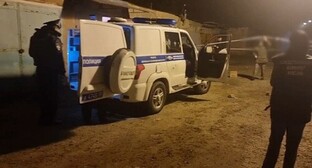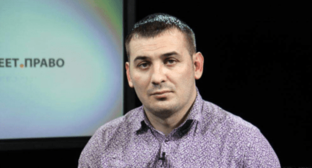04 June 2003, 03:47
Urartu
Urartu (Assyrian name; Urartu - Biainili, bible - ?Ararat kingdom?). A state in Asia 9n the IX-VI centuries BC, during the period of flourishing it occupied all the territory of Armenian plateau.
The population of Urartu were Urarts. The grounds of Urarts used to be part of Mitania state ad after its fall (in the XIII century BC) were subject to the invasions of Assyrians. In the XIII-XI centuries BC Assysian kings lead wars with a number of big unions of Urartu tribes (Uruatri, Nairi). In the end of the 2nd - beginning of the 1st millenium BC on the territory of Urartu there started the process of forming the classes. By the middle of the IX century BC this lead to the appearance of Urartu state with the capital in the city Tushpa (modern city Van in Turkey). During the rein of king Saduri I there were great construction works there.
The end of the IX and the first half of the VIII centuries BC was the time when Urartu state flourished. During the reign of Menua, Argishti I and Sarduri II the territory of Urartu became much bigger due to the wars. Urartu conquered the districts of northern Mesopotamia and Northern Syria, they closed Assyria?s approach to the metal source of Asia Minor, this weakened Assyria. Urartu conquered the districts south of the lake Van and the districts around Urmia lake. Urartu kings have also conquered a vast territory in South Transcaucasia ( districts Kars and Erzerum, lakes Chaldir and Sevan, Ararat valley). Fortresses were built in the conquered districts (town Menuakhinili on the northern slope of Ararat; Erebuni - now the hill Arinberd near Yerevan; Argishtikhinili on the left bank of Arax).
Due to successful wars prisoners of the war, cattle and other valuables came to the central district of Urartu. The chronicle of Argishti I mentions killing and capturing 280 512 people, the chronicle of Sarduri II - 197 521 people. The prisoners were used at the construction sites, in irrigation works etc., part of them with families was attached to land as state slaves and also given to warriors that used them as slaves in their households; sometimes prisoners were included in Urartu army. Slave labor was widely used in the economy, but the main mass of Urartu producers were free and semi-free commune members. They were exploited so heavily, they ran away to neighbor states like slaves.
The state power was in charge of building temples, household structures at the royal court (places to store grain, wine etc.), water reservoirs, canals, exploring new lands. Temples owned big agricultural territories, cattle and other valuables. Part of the land belonged to the nobility. A great role was played by the heads of the districts that supplied the soldiers for the army of Urartu.
At the period of weakening of Urartu (end of the VIII century BC) the heads of the districts often revolted against the central power. In the middle of the VIII century Assyrian king Tiglatpalasar III (745-727 BC) defeated the army of Sarduri II and captured the districts of North Mesopotamia and North Syria that were part of Urartu state. Then there started the struggle for the Urmi district. In 714 BC Sargon II devastated Urartu where Rusa I was at power. Urartu lost a big part of its territory due to the wars with Assyria and other states and due to the revolts of the heads of the districts of Urartu. In the VII century Urartu still kept its positions in South Transcaucasia. Rusa II (685-645 BC) built here new fortresses, for example, Teishebaini (hill Karmir-Blur near Yerevan) and the other.
To face the rebellious nobility the kings of Urartu started to hire Scythian-Kimmerian warriors. With their help Phrigyan kingdom was defeated in 676 BC. The strengthening of the Mydia kingdom caused the union of Urartu and Assyria. But in the beginning of the VI century Urartu was defeated by Mydia after Assyria and joined it.




